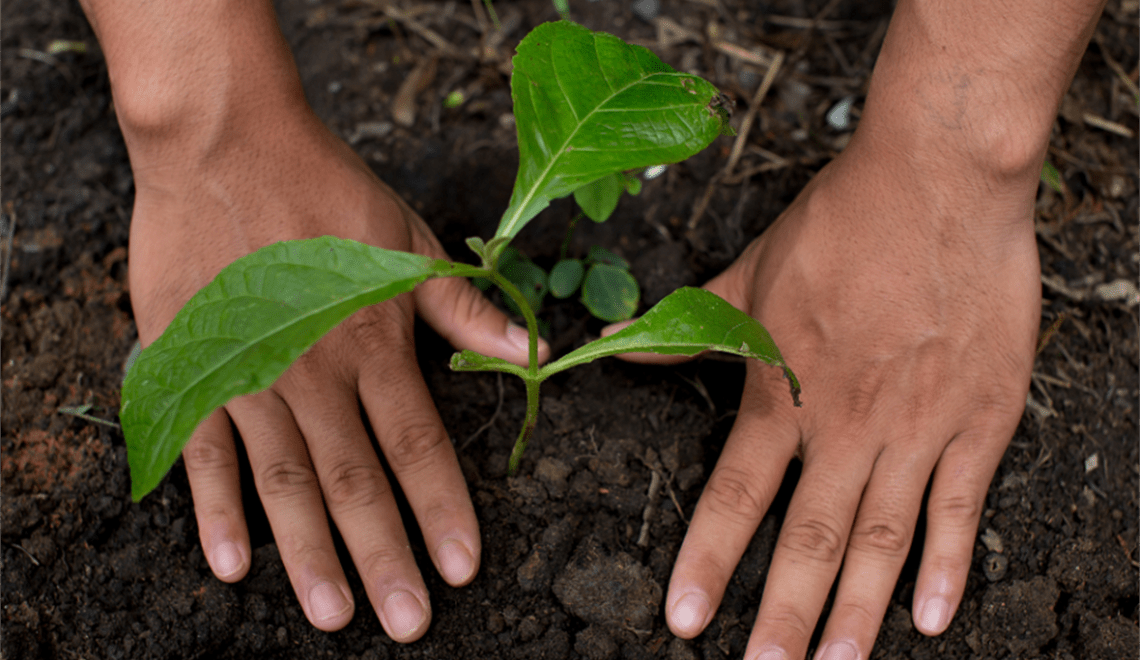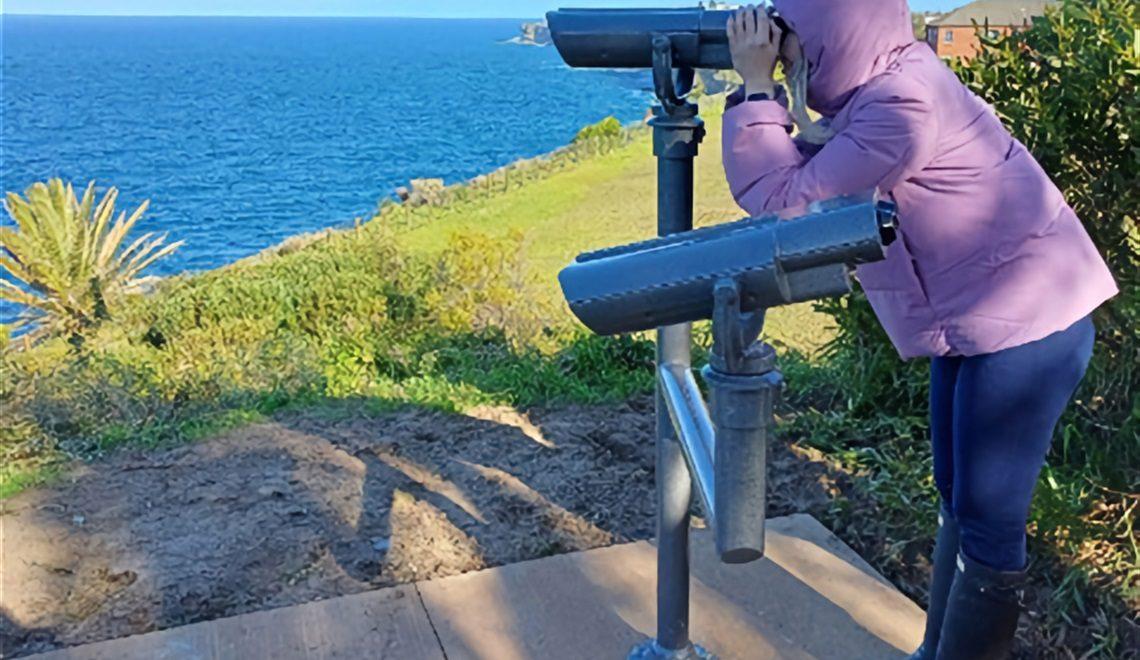
Next time you head out on a coastal walk, take a few minutes to check out the new binoculars and signs the Woollahra Council just installed at Jacobs Ladder in Gap Park and the southern corner of Christison Park. The council has put these in place to help everyone observe and learn more about our whales, other marine mammals and coastal birds.
We are lucky enough to have one of the best spots in Sydney to appreciate the spectacle of the yearly whale migration so take a few minutes to look up, out and along the coast to see what you can spot.

Which whales are near our coast?
Humpback whales are by far the most common species you’ll see passing by. On rare occasions you may spot southern right whales.
Every year more than 40,000 humpback whales travel from the cool feeding waters of the Antarctic, to warmer, shallower waters off the coast of Queensland. From mid-May to mid- August they migrate 5,000 km north to calve and mate. This is an excellent time to witness them breaching near our coast.
Mid-August to November sees whales heading south. They may travel further away from the coast to take advantage of southerly currents. Mothers return more slowly with their calves from September to November. If you’re lucky they may come close enough for you to witness a mother teaching her calf to breach.
Check out the sign near Jacobs Ladder in Gap Park to learn more about whale migration.
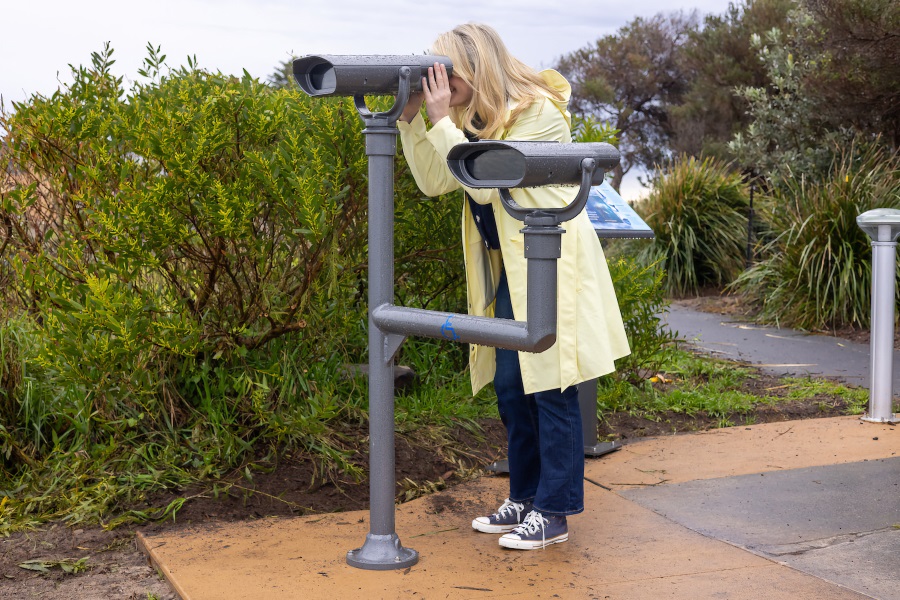
How can I spot a whale?
One of the best ways to start looking for whales is to scan over the ocean, looking for spray as they come up to breathe. Be patient as whales only surface about every 4-7 minutes to breathe.
Check out the sign at Christison Park to learn more about whale behaviours including: blowing, breaching, spy hopping, fluke-up dive and slapping.
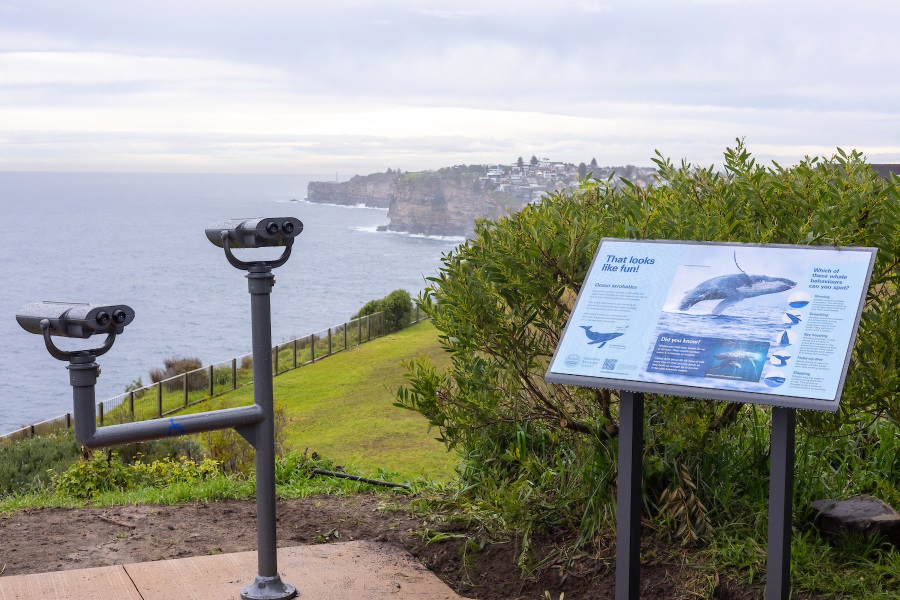
What other animals are near our coast?
Our rocky coastline and harbour entrance are havens for marine mammals and coastal birds.
- Fur seals are often spotted on the rocky platforms at the base of the cliffs between Signal Station and Macquarie Lighthouse. They can swim up to 100km per day searching for food including fish, squid and octopus before returning here to rest.
- Dolphins are seen in pods of up to 15 or more off our coast. They eat many species of fish and squid, using echolocation to find their prey. As they are marine mammals you will see them surfacing to breathe.
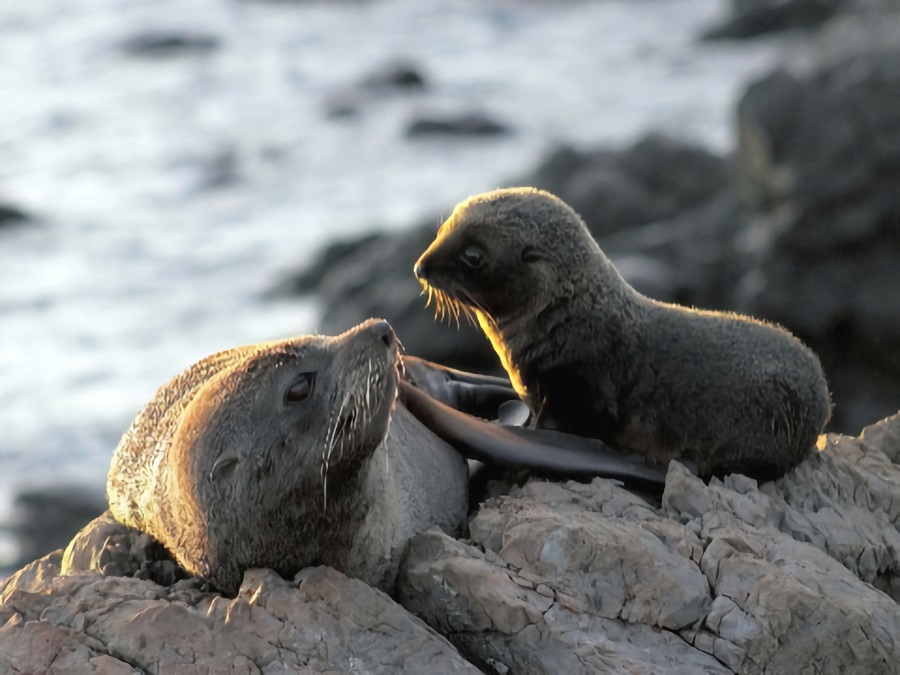
- White-bellied sea-eagles are one of the largest birds of prey seen locally. They feed on a variety of fish, birds, reptiles, mammals and shellfish.
- Crested terns are masters of flight. You may see them soaring overhead then diving into the ocean for fish.
- Silver gulls are our most common seagull. They naturally feed on worms, fish, insects and shellfish, however they have become very successful scavengers across our parks and urban areas.
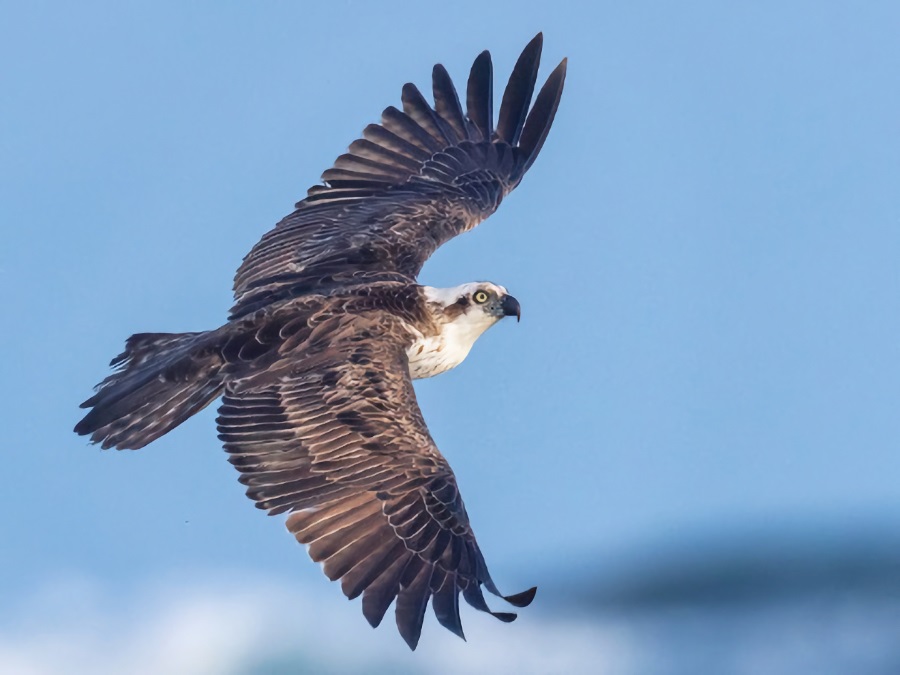
- Eastern ospreys patrol our coast, searching for prey. When hunting they folds their wings, then drop rapidly with feet forward to snatch a fish with their talons.
- Peregrine falcons are the fastest animal on the planet, swooping down at speeds up to 300km/h to grab their prey.
- Little penguins sometimes come across from Manly to feed along our foreshore. If you’re really lucky you might see or hear a penguin below.
Allow yourself time to sit and observe while you’re out so you learn where the best spots for different animals and birds are. When you return home share your stories with family and friends to help spark everyone’s interest in the amazing wildlife on our doorstep.
Visit the Woollahra environment section to find out more about the astounding world around us.


